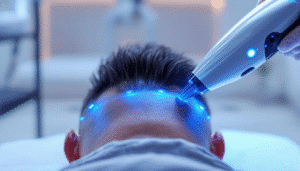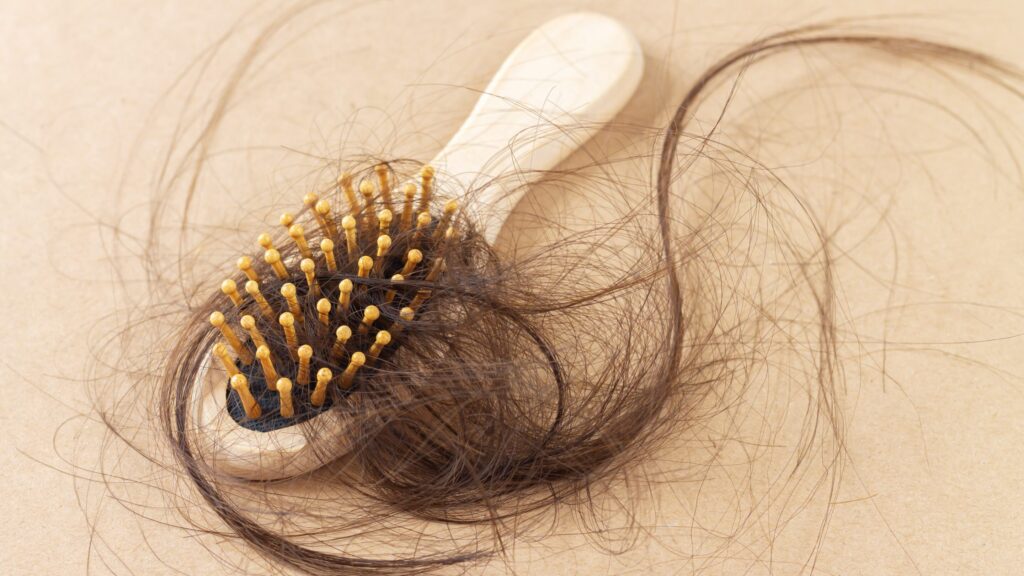
Understanding Hair Loss: Separating Fact from Fiction
Hair loss affects millions of people, including both men and women, and is often surrounded by misconceptions. Myths about hair loss solutions can prevent individuals from seeking effective treatments, further complicating their condition. By understanding the truth about hair loss, its causes, and the available solutions, you can take informed steps toward hair restoration.
Common Myths About Hair Loss Solutions
Myth 1: Only Men Experience Hair Loss
While male pattern baldness, or androgenetic alopecia, is more widely recognized, female pattern hair loss is equally prevalent. Women experience thinning hair due to hormonal factors, medical conditions like alopecia areata, and other factors such as severe stress and telogen effluvium. Female patients can benefit from hair restoration treatments tailored to their unique needs.
Myth 2: Wearing Hats Causes Hair Loss
This common hair loss myth has no scientific basis. Wearing hats does not affect hair follicles or hair growth. Hair loss is more likely caused by genetic predisposition, hormonal imbalances, or medical conditions that disrupt the hair growth cycle.
Myth 3: Hair Loss Is Irreversible
Hair restoration techniques, including regenerative medicine treatments, stem cells, and hair transplants, can stimulate hair growth and restore hair density. Advances in regenerative medicine and technologies like follicular unit extraction have made it possible to regrow hair and improve the thickness of existing hair.
Myth 4: Hair Loss Only Affects Older Patients
Hair thinning and hair loss can occur at any age due to male androgenetic alopecia, female pattern baldness, or medical conditions. Younger individuals experiencing pattern baldness or telogen effluvium can explore effective treatments to manage and restore hair.
Myth 5: Stress Alone Causes Permanent Hair Loss
While severe stress can trigger temporary hair shedding, known as telogen effluvium, it usually resolves once the underlying cause is addressed. Chronic stress may contribute to hair thinning, but it’s rarely the sole cause of permanent hair loss.
What Really Causes Hair Loss?
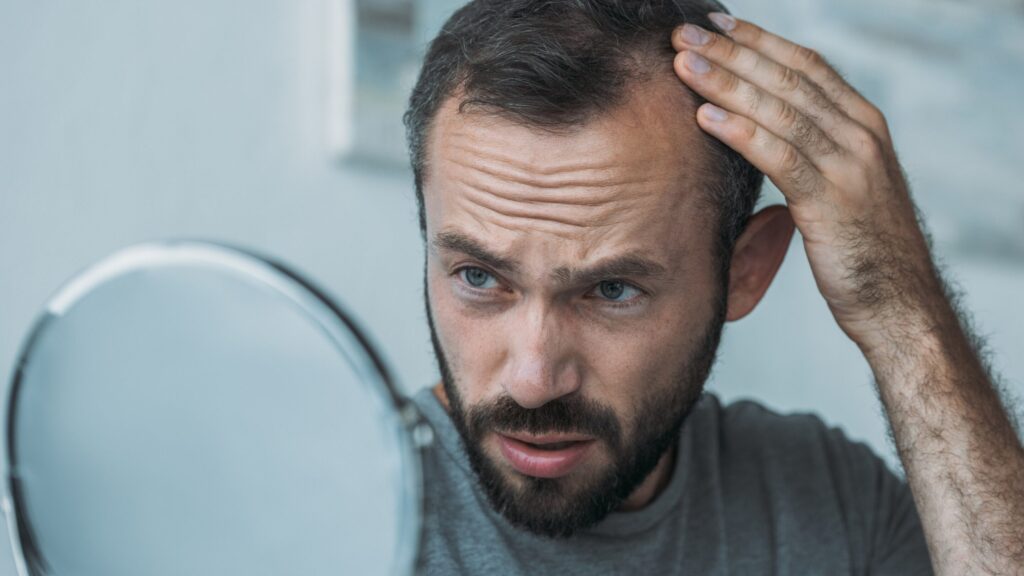
Genetic Factors
Androgenic alopecia, a hereditary condition, is one of the most common causes of hair loss in both men and women. It leads to a progressive reduction in hair density and the miniaturization of hair follicles.
Hormonal Imbalances
Hormonal factors play a crucial role in hair thinning and loss. Conditions such as thyroid disorders, pregnancy, menopause, and male androgenetic alopecia can disrupt the hair growth cycle, leading to further hair loss.
Medical Conditions
Medical conditions such as alopecia areata and telogen effluvium can cause sudden or patchy hair loss. These conditions may result in new hair follicles being unable to regenerate effectively without treatment.
Environmental and Lifestyle Factors
Excessive sun exposure, poor nutrition, and unhealthy habits can weaken human hair follicles, leading to split ends, hair thinning, and reduced hair growth. Addressing these factors is essential for maintaining a fuller head of hair.
Effective Hair Loss Solutions
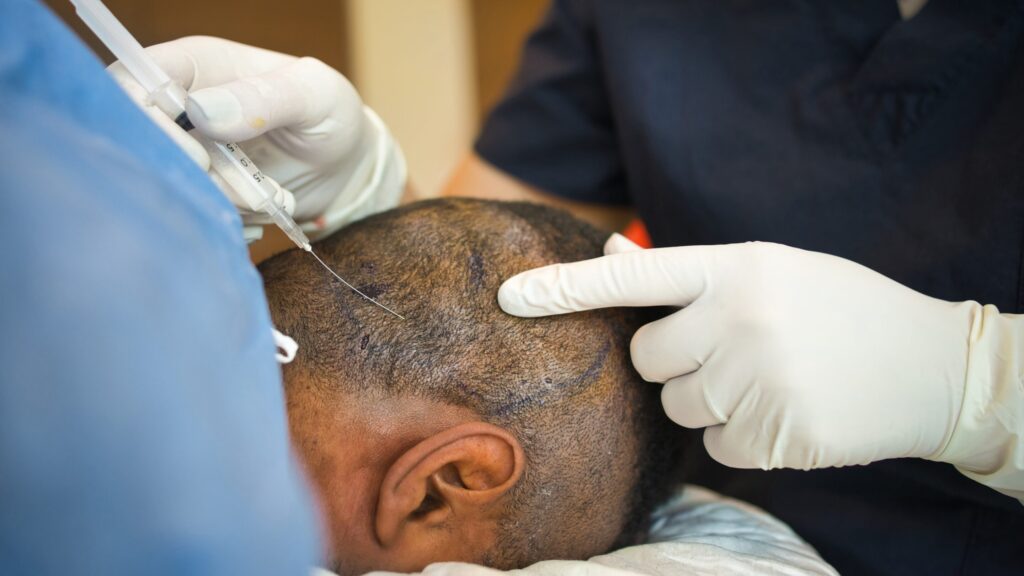
Stem Cell Therapy for Hair Restoration
Stem cells play a vital role in hair regeneration and tissue repair. Stem cell therapy stimulates hair follicles, promoting new growth and restoring hair density. This innovative treatment offers an effective method for addressing androgenetic alopecia and other types of hair loss.
Hair Transplants
Hair restoration surgery, including follicular unit extraction, is an advanced procedure that seamlessly blends individual hair grafts into thinning areas. Using local anesthesia, hair restoration specialists achieve natural-looking results that help restore self-esteem and well-being.
Regenerative Medicine Treatments
Regenerative treatments involving growth factors and autologous clinical applications enhance the natural ability of the human body to repair and regenerate hair. These treatments are particularly effective for patients with pattern baldness or those seeking to regrow hair after significant hair loss.
Addressing Hormonal Factors
Treatments targeting hormonal imbalances can make a significant difference in managing hair loss. For example, medications and therapies designed to stabilize hormone levels can improve hair regrowth and reduce further hair loss.
Busting the Final Myths: The Truth About Hair Loss
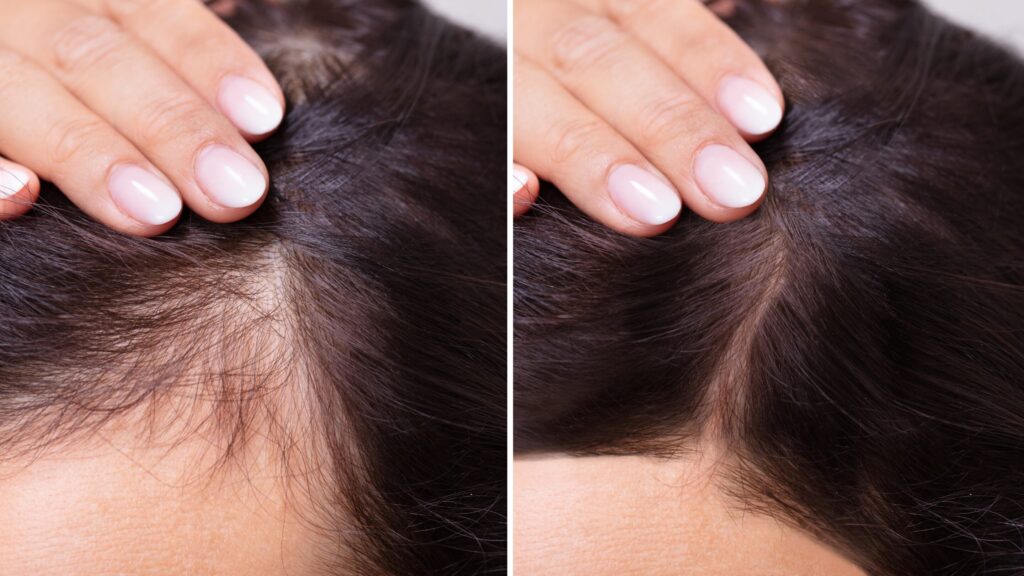
Myth: Hair loss treatments are only for severe cases.
Truth: Effective treatments are available for various types of hair loss, including thinning hair and early-stage pattern baldness.Myth: Hair restoration doesn’t work for women.
Truth: Female patients can benefit from hair restoration techniques, including stem cells and hair transplants, which are tailored to their needs.Myth: Hair loss solutions are unsafe.
Truth: Procedures like stem cell therapy, hair transplants, and regenerative medicine treatments are safe, minimally invasive, and performed under the guidance of healthcare professionals.
Conclusion
Hair loss myths can be misleading and prevent individuals from seeking the help they need. Understanding the causes of hair loss and exploring effective treatments such as stem cell therapy, hair transplants, and regenerative medicine can restore your confidence and improve your quality of life.
If you’re ready to separate fact from fiction and take control of your hair restoration journey, consult a hair restoration specialist today to learn more about the best options for you.
Contact Best Hair Transplant
To reach out to us or to schedule a free consultation visit our contact page or give us a call at (213) 403-0455

